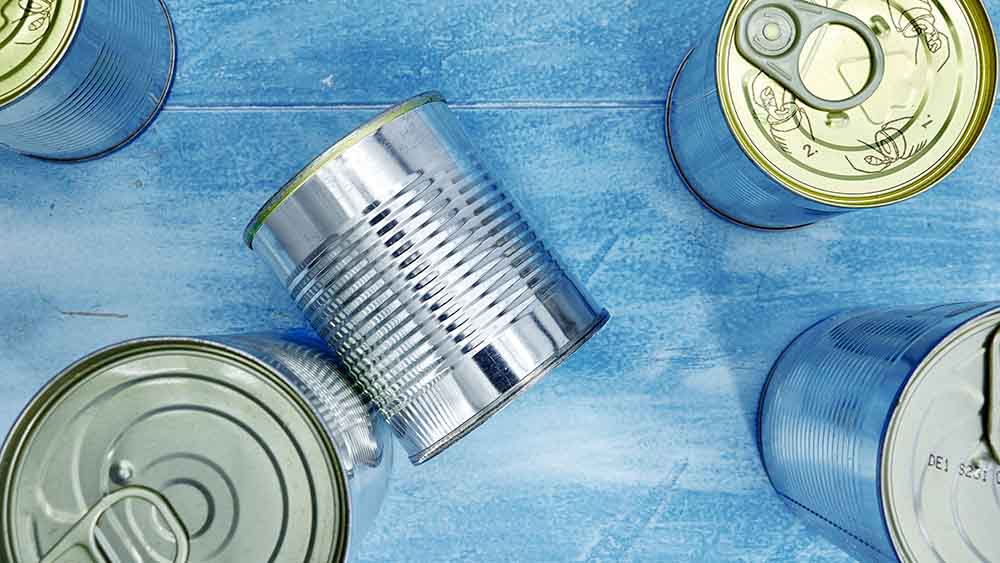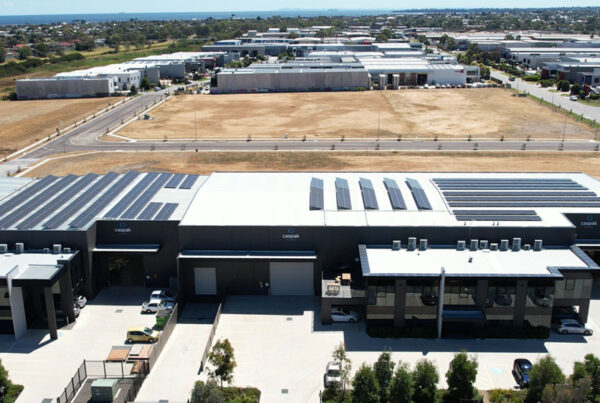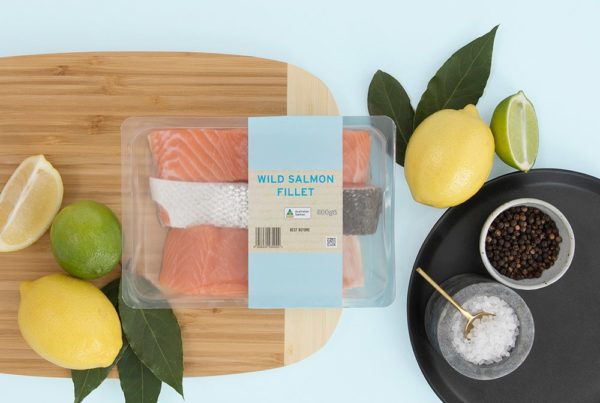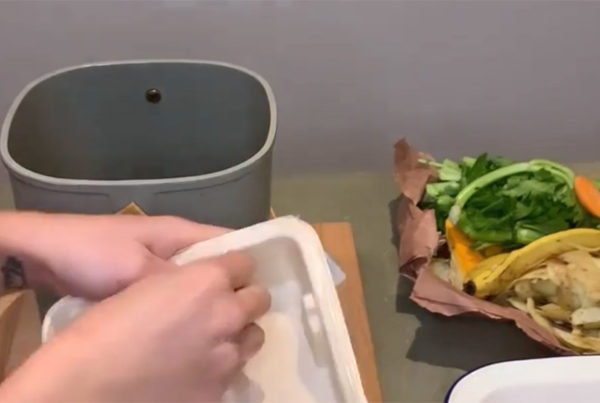
In a world where plastic is often considered to be enemy number one, many suggest that a return to cans over flexible plastic pouches would produce a better outcome for the environment.
But choosing packaging that offers a more sustainable solution and that also delivers the best quality product and the longest shelf life to the consumer isn’t as cut and dried as you might think.
The most common argument in favour of cans offering the most sustainable solution is that they can be infinitely recycled and therefore offer a circular solution. Obviously, single use plastic is seen as a highly problematic material, frequently appearing in our oceans and littering our natural spaces, its durability offering the double-edged sword of quality product protection and lengthy degradation.
To determine whether a flexible pouch or can is the most appropriate packaging that also offers a sustainable solution and the best outcome for producer and consumer, we need to consider multiple aspects, not just whether the product can be, or rather is, recycled.
Life Cycle Analysis
A life cycle analysis (LCA) of each of the products gives a full picture of the environmental impact it has, from sourcing the raw materials to make the packaging, distribution of the product before and after filling, and the disposal of that product at end of life. If you’re only considering the potential or actual recyclability of a product, then a significant portion of that product’s environmental impact is ignored.
In April 2021, the Institute for Energy and Environmental Research (ifeu) conducted a LCA study comparing the carbon footprint of flexible pouches to glass jars and steel cans containing two products – olives and pasta sauce.
Taking into consideration the production of the packaging, and also including primary, secondary and tertiary packaging for each product, the flexible pouch had a significantly lower carbon footprint than both the glass jar and steel can.
The study also calculated the CO2 emissions if 100% of all products were recycled and, although each product’s impact was reduced, this didn’t alter the results significantly and didn’t change the ranking order.
Whilst it’s certainly true that cans currently have a higher recycling rate due to several factors such as longevity of the recycling practice, well established waste stream systems and a strong market demand for the recycled product, the overall carbon footprint of the packaging is far higher than that of flexible plastic pouches.
“By using LCA techniques it is clearly shown that these flexible packaging formats are less impactful on the environment and their potential can be further enhanced with higher recycling rates,” said ifeu Project Manager Frank Wellenreuther.
Food security and quality
This is the paramount concern when choosing packaging for food.
Historically it has been suggested that cans provide a longer shelf life than flexible pouches, however, advanced technology means that the shelf life provided by a flexible pouch can actually outstrip cans by years in some cases, depending on the type of food being stored in the packaging and the preservation method.
Despite the image of the can as being the preferred choice for the Doomsday prepper, cans have a limited life span before the contents are affected by transfer of contaminants from the can.
And when it comes to food quality, something that consumers place highly alongside healthy eating, retort pouches enable food manufacturers to deliver food that is preserved to meet extended shelf life requirements and that has more visual and taste appeal. This is because the retort cook time is significantly reduced with a flexible pouch, allowing the food to retain its taste, texture and nutritional value.
Food waste
Preserving food from the manufacturer to the consumer is only one aspect of how packaging can help prevent food waste. Extended shelf life plays a significant part in this.
But so too, does preventing wastage during the filling and manufacturing process. A recent Fres-co study comparing the #10 can of tomato paste to a pouch determined that switching to a pouch could result in an 85% reduction in waste with the primary packaging.
Cost, speed and space
An area that the can is able to move ahead is in the cost. Although, for packing the same volume of products, cans may cost more than twice flexible pouches, with a comparison average filling rate of around 300 cans per minute to 200 pouches, for good machines, revenues could be significantly highly with cans.
However, there are considerable savings in transport costs where one truckload of unfilled pouches is the equivalent of around 26 truckloads of unfilled glass jars or cans. And the space saving also translates to storage of packaging in manufacturing warehouses.
Whilst cans are certainly recycled at a much higher rate than flexible pouches, with APCO reporting that 56% of metal was recovered in 2018/19, and they contain more post and pre consumer recycled content, 54% in 2018/19, the carbon footprint produced by the remaining 46% of virgin metal significantly outweighs the overall carbon footprint of flexible pouches.
What is clear though, is that we need an industry-wide collaboration that sees recyclable pouches used as the default by manufacturers, an increase in consumer education on how and where to recycle the pouches effectively and an improvement in waste streams and collection that results in more high value recycled plastic feed stock to drive better circularity.








